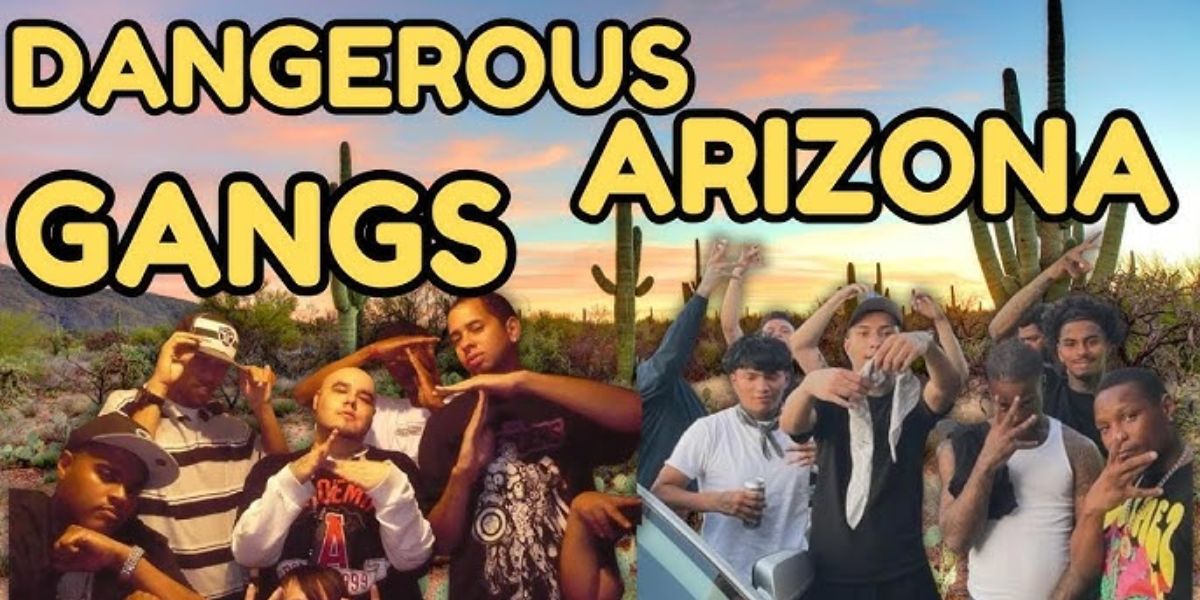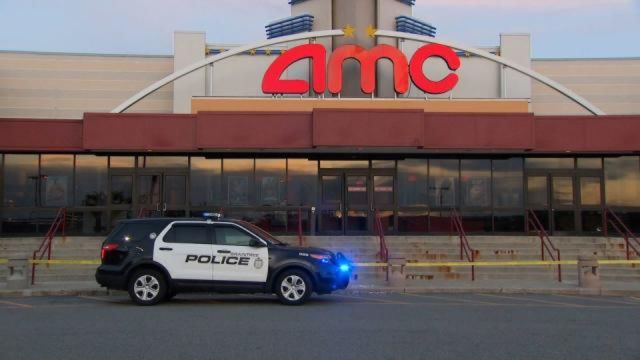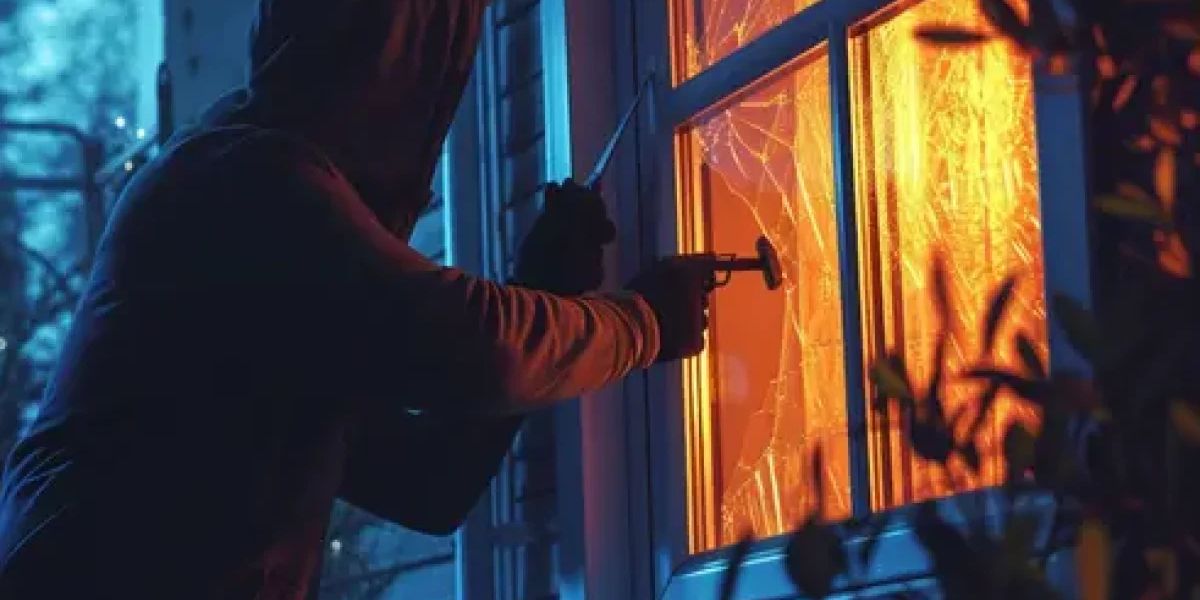Arizona’s strategic location along the U.S.-Mexico border has made it a hotspot for gang activity, with various criminal organizations vying for control over drug trafficking routes and other illicit enterprises.
The state’s vast deserts, urban centers, and proximity to major highways provide ideal conditions for these gangs to operate and expand their influence. According to the 2024 Arizona Gang Threat Assessment, gang activity exists in nearly 70% of the state’s jurisdictions, highlighting the pervasive nature of this issue.
1. Sinaloa Cartel
The Sinaloa Cartel, one of the most powerful drug trafficking organizations globally, has a significant presence in Arizona.
Controlling vast stretches of the Arizona-Mexico border, the cartel uses sophisticated methods to smuggle narcotics into the U.S., including tunnels, drones, and hidden compartments in vehicles. Their operations are not limited to drug trafficking; they are also involved in money laundering, human trafficking, and arms smuggling.
2. Mexican Mafia (La eMe)
Originating in California’s prison system, the Mexican Mafia, or La eMe, exerts considerable influence over Hispanic street gangs in Arizona. Despite being a prison-based organization, their reach extends beyond prison walls, controlling drug distribution networks and orchestrating violent crimes. The gang’s strict code and hierarchical structure make it a formidable force in the state’s criminal landscape.
3. Barrio Azteca
Barrio Azteca is a transnational gang with roots in El Paso, Texas, and Ciudad Juárez, Mexico. In Arizona, they are known for their involvement in drug trafficking, extortion, and violent crimes. Their alliance with the Juárez Cartel has intensified turf wars with rival gangs, leading to increased violence in border regions. The gang’s operations are characterized by their brutal enforcement tactics and sophisticated smuggling methods.
4. Hells Angels Motorcycle Club
The Hells Angels, an outlaw motorcycle gang, established a significant presence in Arizona after absorbing the local Dirty Dozen biker club in 1997. Under the leadership of Sonny Barger, the gang expanded its operations, engaging in drug trafficking, weapons smuggling, and violent crimes. Their structured hierarchy and nationwide network make them a persistent threat to law enforcement agencies.
5. Gilbert Goons
A relatively new but rapidly growing gang, the Gilbert Goons have been linked to a series of violent incidents in Arizona’s East Valley. Comprising primarily of teenagers, this gang has been involved in assaults, robberies, and possibly homicides. Their use of social media for recruitment and coordination poses a unique challenge for law enforcement. The rise of such youth gangs underscores the evolving nature of gang activity in the state.
Conclusion
The presence and activities of these gangs in Arizona highlight the complex and evolving challenges faced by law enforcement and communities. From transnational cartels to local youth gangs, the spectrum of gang-related threats necessitates a multifaceted approach, combining law enforcement efforts, community engagement, and policy interventions to curb their influence and protect public safety.




